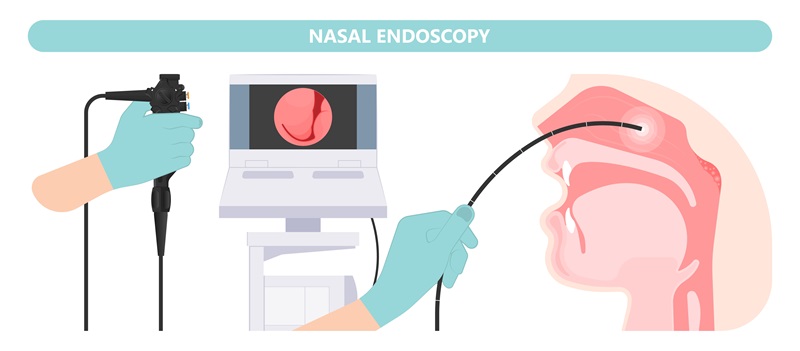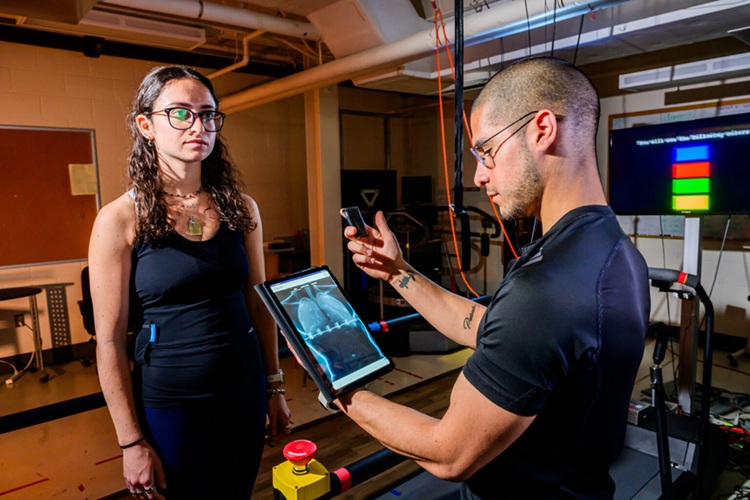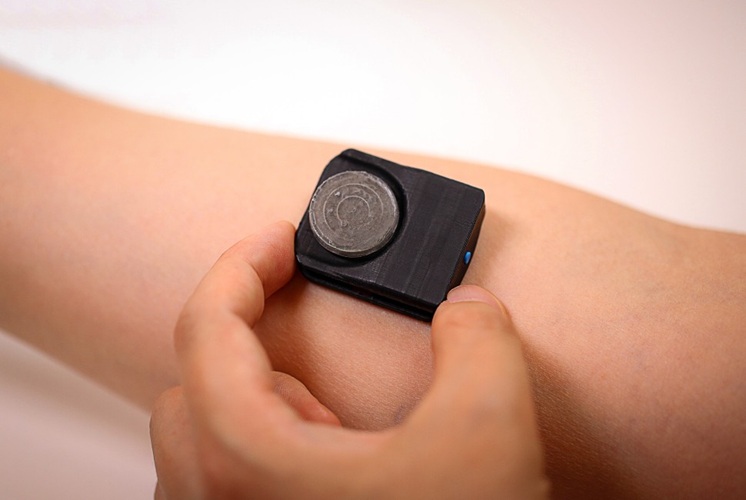Advanced AI Technology Improves Accuracy and Efficiency of Nasal Endoscopy
|
By HospiMedica International staff writers Posted on 04 Jul 2024 |

Nasal endoscopy (NE) is a critical diagnostic tool in rhinology, though its effectiveness is often limited by the nasal cavity's complex structure. Now, an insightful article published in the International Forum of Allergy & Rhinology details a study exploring how convolutional neural networks (CNNs) can enhance the precision and efficiency of NE. The research addresses the challenges inherent in navigating the complex anatomy of the nasal cavity for diagnostic purposes.
Conducted by a team from Ochsner Health (New Orleans, LA, USA), the study focused on a CNN-based model tailored to precisely identify and outline key landmarks in NE imagery. The images utilized were collected from NE procedures carried out at a medical center over the period from 2014 to 2023, employing a standard digital endoscope. A total of 2,111 images were manually segmented by three physicians. The researchers adapted the YOLOv8 object detection model to classify whether a turbinate was present, identify its location, and apply a segmentation mask to outline its boundaries. The model was refined through transfer learning techniques involving backpropagation and stochastic gradient descent. By carefully adjusting hyperparameters and halting training after a 15-epoch lack of improvement in validation performance, the model demonstrated notable success.
The model was able to detect the inferior turbinate (IT) and middle turbinate (MT) with an average accuracy of 91.5%, precision of 92.5%, and recall rate of 93.8%. With a confidence threshold set at 60%, the model achieved an average F1-score of 93.1%. The effective application of the YOLOv8 model marks a significant progression in the field of rhinology. Its capacity to accurately locate and delineate the IT and MT can significantly support clinicians in the diagnosis and treatment of sinonasal conditions. This advancement is especially beneficial for trainees and non-specialists, who may struggle with the intricate anatomy of the nasal cavity.
"This study showcases the potential of CNNs to enhance nasal endoscopy's accuracy and efficiency," said senior otolaryngologist Dr. Edward D. McCoul, who guided the research team. "By leveraging advanced AI technologies, we can markedly improve our diagnostic capabilities and provide superior patient care for those with sinonasal conditions."
Related Links:
Ochsner Health
Latest Surgical Techniques News
- Intravascular Imaging for Guiding Stent Implantation Ensures Safer Stenting Procedures
- World's First AI Surgical Guidance Platform Allows Surgeons to Measure Success in Real-Time
- AI-Generated Synthetic Scarred Hearts Aid Atrial Fibrillation Treatment
- New Class of Bioadhesives to Connect Human Tissues to Long-Term Medical Implants
- New Transcatheter Valve Found Safe and Effective for Treating Aortic Regurgitation
- Minimally Invasive Valve Repair Reduces Hospitalizations in Severe Tricuspid Regurgitation Patients
- Tiny Robotic Tools Powered by Magnetic Fields to Enable Minimally Invasive Brain Surgery
- Magnetic Tweezers Make Robotic Surgery Safer and More Precise
- AI-Powered Surgical Planning Tool Improves Pre-Op Planning
- Novel Sensing System Restores Missing Sense of Touch in Minimally Invasive Surgery
- Headset-Based AR Navigation System Improves EVD Placement
- Higher Electrode Density Improves Epilepsy Surgery by Pinpointing Where Seizures Begin
- Open-Source Tool Optimizes Placement of Visual Brain Implants
- Easy-To-Apply Gel Could Prevent Formation of Post-Surgical Abdominal Adhesions
- Groundbreaking Leadless Pacemaker to Prevent Invasive Surgeries for Children
- Spectroscopy Technique Improves Surgery for Pediatric Epilepsy Patients
Channels
Critical Care
view channel
Novel Intrabronchial Method Delivers Cell Therapies in Critically Ill Patients on External Lung Support
Until now, administering cell therapies to patients on extracorporeal membrane oxygenation (ECMO)—a life-support system typically used for severe lung failure—has been nearly impossible.... Read more
Generative AI Technology Detects Heart Disease Earlier Than Conventional Methods
Detecting heart dysfunction early using cost-effective and widely accessible tools like electrocardiograms (ECGs) and efficiently directing the right patients for more expensive imaging tests remains a... Read more
Wearable Technology Predicts Cardiovascular Risk by Continuously Monitoring Heart Rate Recovery
The heart's response to physical activity is a vital early indicator of changes in health, particularly in cardiovascular function and mortality. Extensive research has demonstrated a connection between... Read more
Wearable Health Monitoring Device Measures Gases Emitted from and Absorbed by Skin
The skin plays a vital role in protecting our body from external elements. A key component of this protective function is the skin barrier, which consists of tightly woven proteins and fats that help retain... Read morePatient Care
view channel
Portable Biosensor Platform to Reduce Hospital-Acquired Infections
Approximately 4 million patients in the European Union acquire healthcare-associated infections (HAIs) or nosocomial infections each year, with around 37,000 deaths directly resulting from these infections,... Read moreFirst-Of-Its-Kind Portable Germicidal Light Technology Disinfects High-Touch Clinical Surfaces in Seconds
Reducing healthcare-acquired infections (HAIs) remains a pressing issue within global healthcare systems. In the United States alone, 1.7 million patients contract HAIs annually, leading to approximately... Read more
Surgical Capacity Optimization Solution Helps Hospitals Boost OR Utilization
An innovative solution has the capability to transform surgical capacity utilization by targeting the root cause of surgical block time inefficiencies. Fujitsu Limited’s (Tokyo, Japan) Surgical Capacity... Read more
Game-Changing Innovation in Surgical Instrument Sterilization Significantly Improves OR Throughput
A groundbreaking innovation enables hospitals to significantly improve instrument processing time and throughput in operating rooms (ORs) and sterile processing departments. Turbett Surgical, Inc.... Read moreHealth IT
view channel
Printable Molecule-Selective Nanoparticles Enable Mass Production of Wearable Biosensors
The future of medicine is likely to focus on the personalization of healthcare—understanding exactly what an individual requires and delivering the appropriate combination of nutrients, metabolites, and... Read more
Smartwatches Could Detect Congestive Heart Failure
Diagnosing congestive heart failure (CHF) typically requires expensive and time-consuming imaging techniques like echocardiography, also known as cardiac ultrasound. Previously, detecting CHF by analyzing... Read moreBusiness
view channel
Expanded Collaboration to Transform OR Technology Through AI and Automation
The expansion of an existing collaboration between three leading companies aims to develop artificial intelligence (AI)-driven solutions for smart operating rooms with sophisticated monitoring and automation.... Read more















